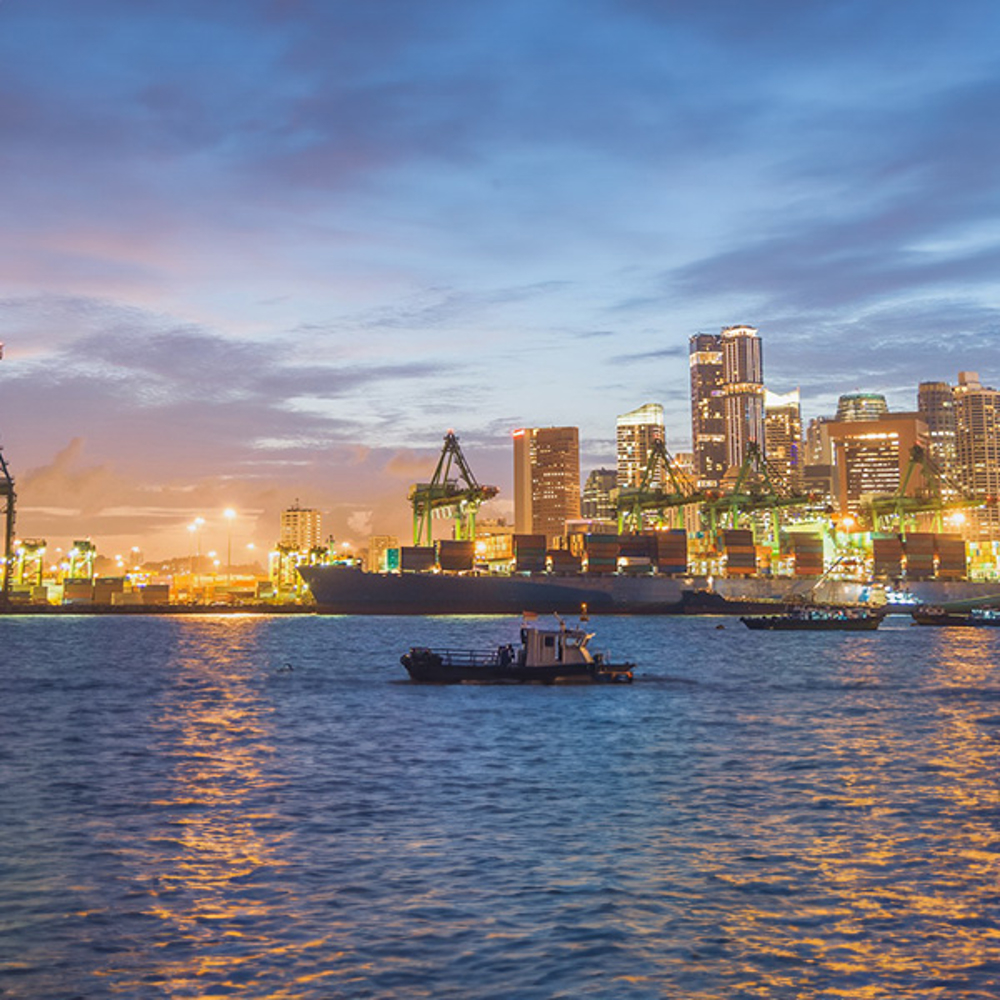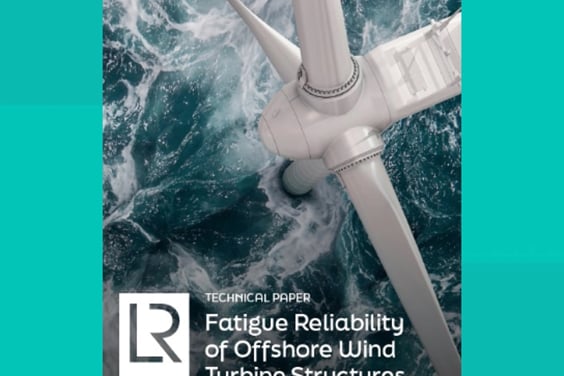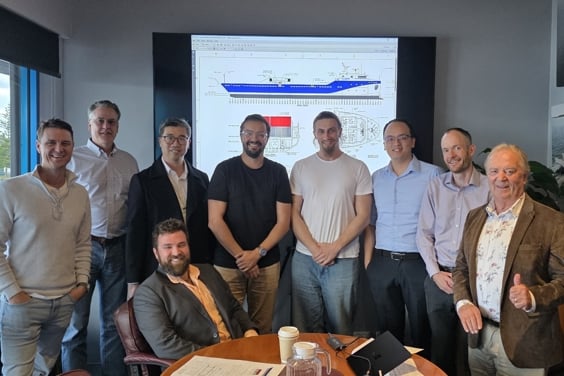LR's Singapore surveyors have faced more than their fair share of Covid-related challenges. Many owners who, in previous times, used other ports in Asia, have opted to call there because of the Maritime and Port Authority of Singapore’s (MPA) effective management systems and minimal delays.
The MPA’s success is clear to see from the number of ships calling there. According to LR’s Service Delivery personnel Yuzong Zheng and Xuefeng Kou, the average 600-1,000 ships calling at the port every day before the pandemic is now closer to 1,500. And, in the last 15 months under Covid restrictions and challenges, LR’s team in Singapore have undertaken more than 200 remote surveys.
Yuzong is LR’s Service Delivery Manager for the South Asia, Middle East, Africa (SAMEA) region. He explained that digital technologies have dramatically improved efficiency in Singapore, with the Senior Surveyor in Charge liaising closely with the Remote Survey Lead to decide what can and can’t be undertaken remotely.
Quick response time
However, there is also a range of logistical challenges from an assurance service scheduling angle, because ships’ itineraries now change far more frequently with little notice, and port calls are kept as short as possible. If berths are not available owing to delays, ships may have to wait at the anchorage – up to a four-hour round trip for LR’s surveyors.
“Ship schedules are often changed at short notice, and this has pushed us to think creatively,” said Xuefeng. “We’re developing new advanced planning software and the team is more flexible these days to meet our clients’ requirements and their time constraints.”
The impact of Covid has resulted in changes to LR’s relationship with many of its clients, Yuzong explained. “We now work much more closely with owners and operators to prepare for surveys. Not only has this strengthened our relationships with clients, but it has also demonstrated to them as well as our own in-house personnel, that adopting digital techniques to enhance many types of conventional surveys is a winning combination for everyone.”
Surveyors’ working conditions and efficiency can be optimised, he said, recalling occasions on which, as a surveyor himself, he would have to inspect the internals of under-deck tanks. Ships at the anchorage would lie under the beating sun in temperatures of 35°C or more. Add another 10-15°C inside the tank as well as physical exertion, and the efficiency of a human compared with an unmanned aerial vehicle is seriously impaired. So the digital approach, such as condition monitoring and live-streaming, can be a better option for many tasks.
LR had already made rapid advances in digital technology and remote assurance before the pandemic, but Covid has boosted the digital drive. New technologies are developing rapidly. Not only have software experts been engaged to work on the Singapore surveying team, but experts in LR’s central process improvement team are in the process of developing more advanced digital tools and more sophisticated live-streaming techniques, for example.
Boosting the team
Both Yuzong and Xuefeng agree that the human element is a key factor that must be carefully managed as new ways of working develop. In fact, when LR increased the number of surveyors in Singapore and advertised six new positions last July, an important requirement was a sound knowledge of the latest digital technologies and an understanding of new ship survey skills.
The relatively young new arrivals, selected from more than a hundred applicants, have increased the surveyor/auditor team to 24. Not only do the recruits offer many traditional skills that would be expected, such as naval architecture, survey, and marine engineering experience, but they are also well-acquainted with latest remote survey techniques. It is telling, however, that they are also being trained and mentored by experienced colleagues for months before they can perform surveys on behalf of LR independently.
“We want to enable our new team members to be capable of contributing solutions, rather than just making findings,” said Xuefeng, “whether that is physical or remote.”
New software under development has scope to enhance survey efficiency further through a closer and more frequent dialogue between LR and its clients. Neither Yuzong nor Xuefeng believe that digital procedures will replace key physical surveys any time soon. But they do insist that smart software and digital technology can help to increase productivity and raise standards by enabling better use of LR’s expertise in the field. In many cases, they say, physical attendance at more important surveys such as annuals or intermediates, together with faultless digital systems for more standard checks, is an unbeatable combination.










